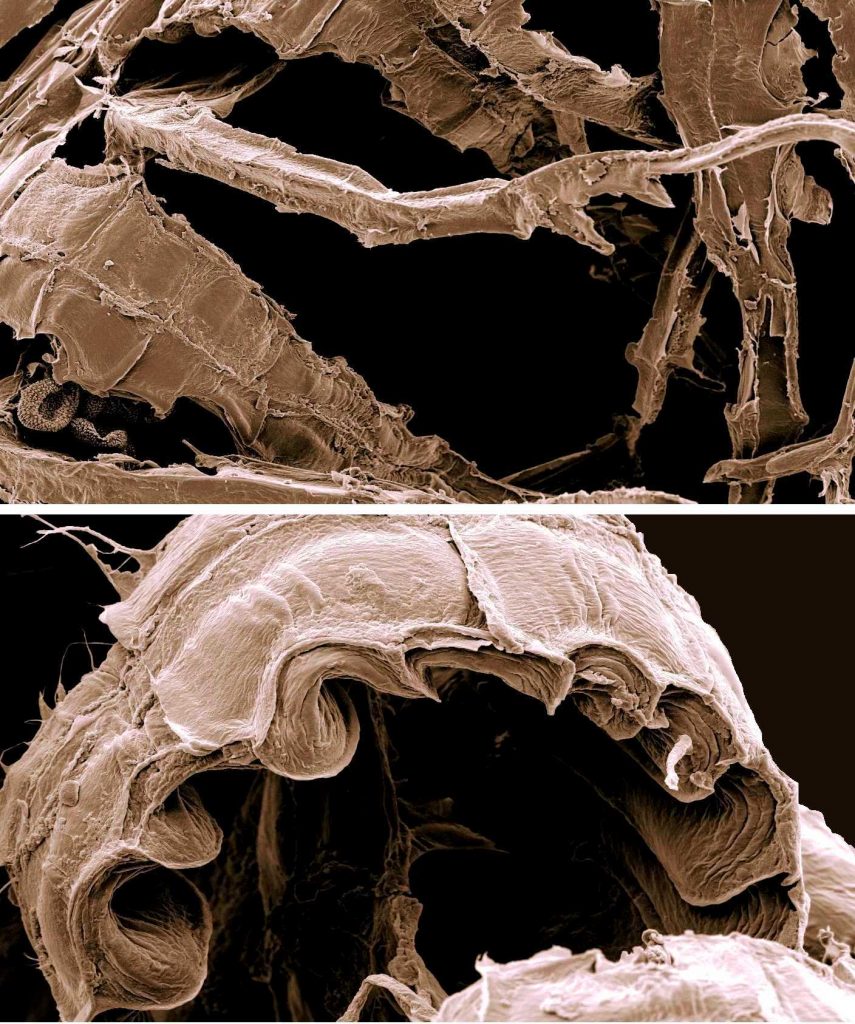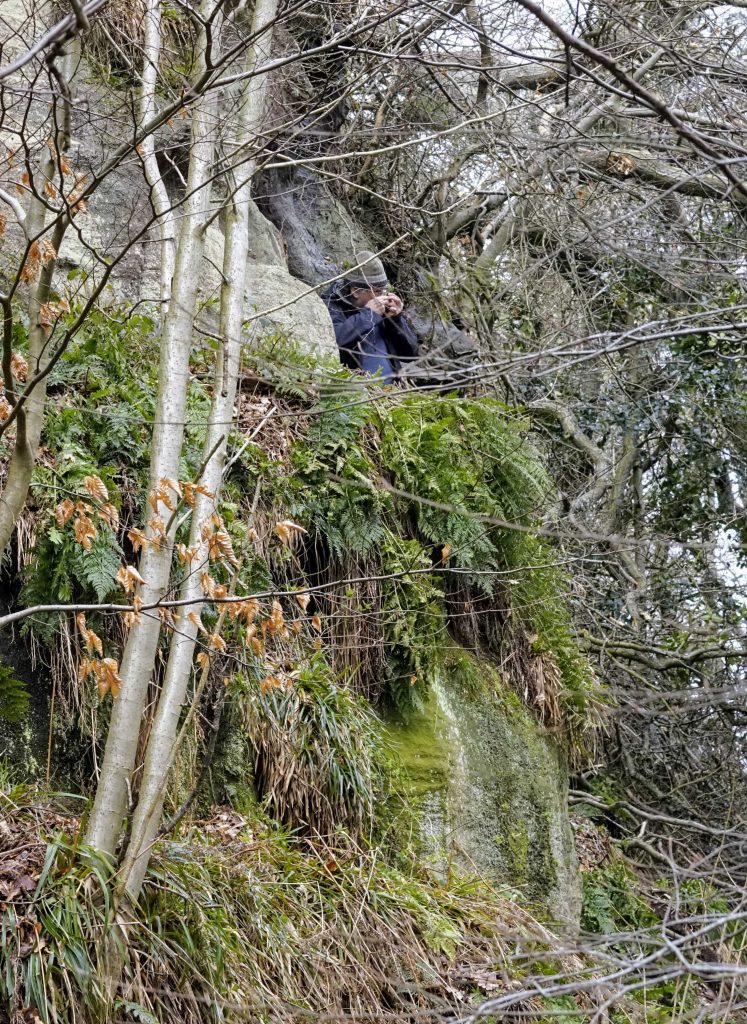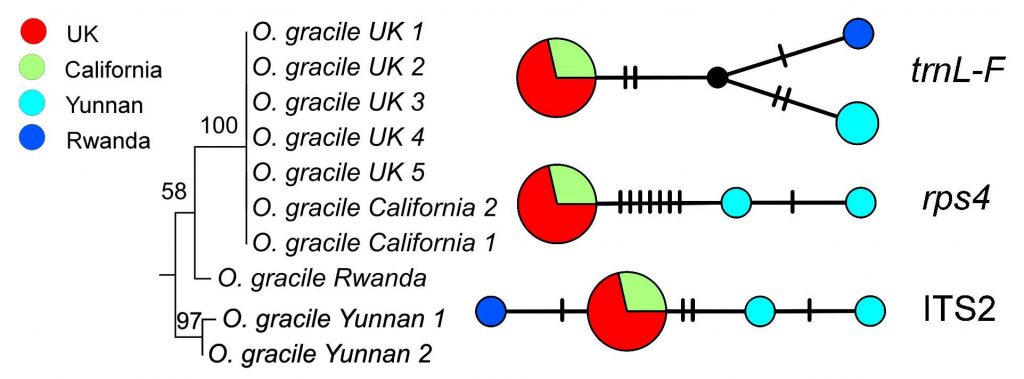When conservation scientists are trying to decide which species are most in need of protection, the main consideration is usually how likely they are to become extinct, as determined by factors such as distribution, habitat integrity and trends in population sizes. “Red Lists” rank species by threat category, but otherwise consider them to have more or less equal value. Do we have more to lose, however, if some species become extinct as opposed to others?

Species boundaries are often controversial, and where one taxonomist sees a single species another may recognise two, or several. Nonetheless, while there are many “borderline” species, others are much more obviously distinct. No one would argue that the giant redwood and the coast redwood (Sequoiadendron giganteum and Sequoia sempervirens) shouldn’t be recognised as separate species, although they are each other’s closest living relatives. Clearly we would stand to lose a greater proportion of the total diversity of life on earth if either of these species disappeared compared to one that has many close relatives that are only dubiously distinct.
Sometimes distinctiveness isn’t immediately obvious, however. Analysis of DNA may reveal that two species that are otherwise very hard to tell apart are actually very different “under the skin”, and may have been evolutionarily separated for a very long time. This turns out to be the case for two superficially very similar mosses that occur in the UK – the rare, threatened native Orthodontium gracile and the abundant exotic Orthodontium lineare. Orthodontium lineare was introduced into Britain around 100 years ago from the Southern Hemisphere and is likely contributing to the decline of the native species, which is now only known from two or three sites in Britain and probably no longer occurs in continental Europe.

We’ve just published some research (Bell & Ignatov, 2019) showing that Orthodontium gracile is actually more closely related to the morphologically very different Orthodontium lignicola, a species found in southern Russia and the Sino-Himalaya, than it is to the introduced Orthodontium lineare. Orthodontium lignicola looks so different from Orthodontium gracile that until now it has been recognised in a different genus entirely, Orthodontopsis. But Orthodontium gracile has a distribution that overlaps with Orthodontium lignicola in the Sino-Himalaya and it is this (rather than its close resemblance to Orthodontium lineare) that best reflects its true affinities. It’s likely that both of these species are most genetically diverse in the Sino-Himalaya and may well have originated there. The alien Orthodontium lineare, by contrast, has a native distribution in Australasia, South America and Southern Africa and our dating analyses suggest that it has been separated from the Orthodontium gracile / Orthodontium lignicola lineage for around 58 million years – since shortly after the demise of the dinosaurs!

As well as Britain and the Sino-Himalaya, Orthodontium gracile occurs in North America. Another interesting finding from our work is that some of these North American populations seem to have hybridised with yet another species, Orthodontium pellucens, which overlaps geographically with Orthodontium gracile in the U.S. but doesn’t occur in Britain. Hybrids appear morphologically identical to Orthodontium gracile while having the chloroplast genes of Orthodontium pellucens, and probably result from repeated backcrossings of female egg cells from hybrids with male sperm from pure Orthodontium gracile populations. Such regionally distinct genetic dynamics further highlight the uniqueness and importance of our few remaining British populations of Orthodontium gracile.
Reference
Bell, N. E. & Ignatov, M. S. 2019. Placing the regionally threatened moss Orthodontium gracile in the big picture – Phylogeny, genome incongruence and anthropogenic dispersal in the order Orthodontiales. Molecular Phylogenetics and Evolution 134: 186 –199. https://doi.org/10.1016/j.ympev.2018.12.024
